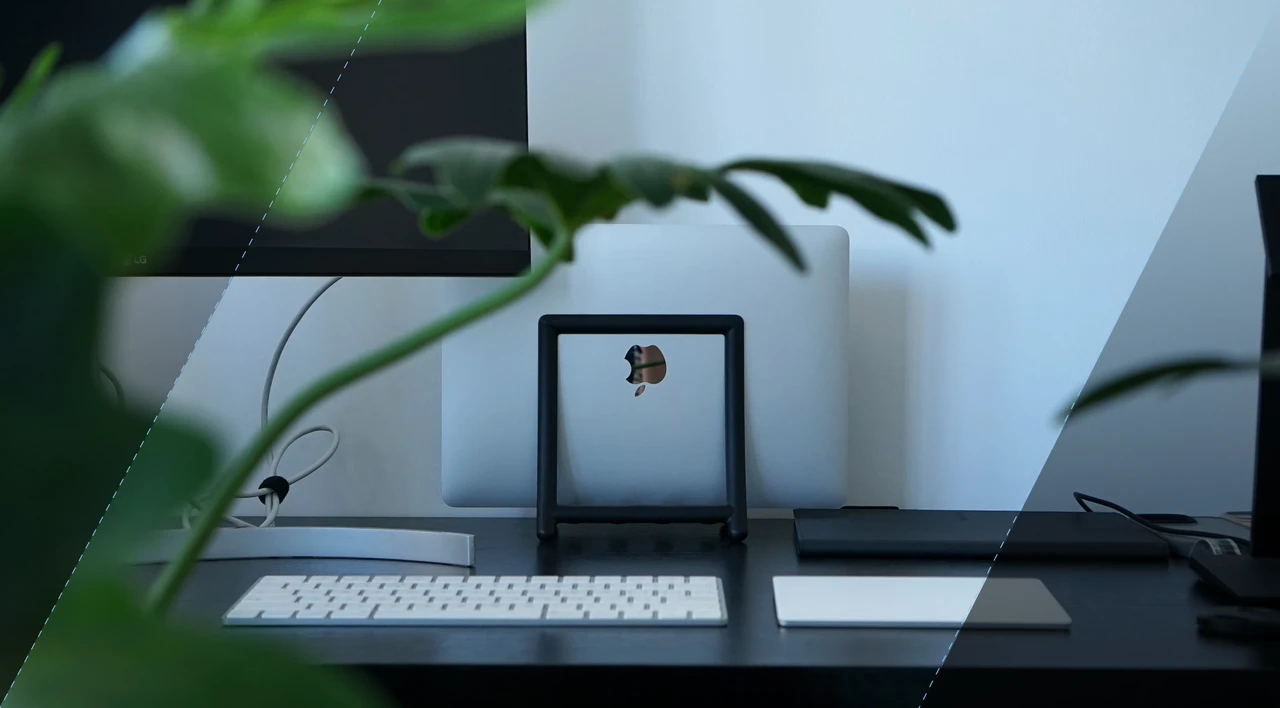SHARE
Why failure is a key step in creative processes

Learning to use failure as a tool to enhance creative processes and avoiding getting stuck in a state of frustration while creating the ‘perfect idea’, is essential to accelerate our professional and personal growth.
I understood this after I allowed the fear of failure to condition my work for several years because I preferred to ‘play it safe’, without taking risks, and my results started to become really predictable. However, once I was okay with that fear, my self-confidence exponentially increased, transforming the way I navigate my creativity and ideas.
To begin to understand the concept of ‘failure’ we have to understand what ‘perfection’ means and understand that nothing made by a human is perfect. Any product, service, or process will always have room for improvement, especially creative processes, where all the variables that affect the outcome are subjective and changeable/malleable.
There is never an ideally perfect state and pretending that we can reach it can quickly lead us to a state of frustration instead. That’s how the fear of failure paralyzes us, and it will not allow us to take that first essential step to begin any task.
Have you ever wondered why, when starting any project, it is difficult to decide where and how to begin?
Most traditional work cultures, and even the traditional education model, have programmed us to avoid failure at all costs. In reality, what we were never told is that, in order to discover the ‘idea that works’, we first have to discover all the ideas that don’t.
They also did not teach us that failure can be measured and it is possible to use it as a controlled exploration tool to help us to keep track of the steps we must follow to achieve the best result. However, we must keep in mind that, like everything, taking risks has its pros and cons. These should be analyzed in order to approach and maintain a balance when using failure as a tool in the execution of our tasks. Here are some cons of avoiding failure and the pros of embracing it:
Cons of avoiding failure:
Avoiding mistakes can bring thousands of consequences in all aspects of our lives. Here I will mention some that are focused on the work environment, specifically in the creative design processes:
- It can deprive us of asking important questions which can define key resolutions with our stakeholders.
- Our proposals will always be within what is ‘expected’ – the probability of innovating decreases.
- Your range of exploration will be very small, and you will not be able to analyze the advantages and disadvantages of all possible ideas.
- You might fall into a procrastination cycle and your fear of failure will prevent you from starting any task on time.
- The chances of growing professionally decrease, as you are depriving yourself of acquiring new skills or experiences that would boost your career.
Pros of embracing failure:
On the other hand, assuming failure as a natural part of a design process can bring many benefits:
- Starting tasks becomes easier if you have no expectations for the results.
- You will probably enjoy what you are doing more. You are not designing from the fear of being wrong, but from the possibilities that exist to solve a problem.
- You will be able to come up with many more ideas that can be mixed and matched to achieve unexpected results.
- Taking risks will provide you with new experiences that will strengthen your skills and allow you to execute new projects more effectively.
- You will realize that most mistakes are not a life-or-death matter, and, usually, everything has a solution. In the worst-case scenario, you would learn from the decisions you made and move on. There isn’t a right or wrong decision, just a bunch of options with different types of learning.
- You will see feedback as an opportunity for growth, which will help you expand your knowledge every day.
Everything, in theory, seems ideal, but it can be much more complicated when we face a real project with variables that cause pressure and stress (deadlines, stakeholders, budget, etc.). That’s why I’ll give you some practical tips that can help you turn failure into your ally:
- Fail early and iterate fast: Correcting a small mistake is much easier than waiting for it to become a big one. Explore ideas and collect feedback as early as possible so you can change or improve your ideas progressively and quickly.
- Converging and diverging: With your Project Manager define what the phases of the project are going to be and identify which ones you are going to diverge and converge. Generally, the initial phases require more effort, and therefore, having the possibility to explore is much more beneficial.
- Practice the ability to zoom out on a project: Usually, we are focused on a particular task, forgetting to first understand the overall context of the project, so we know when we can have the flexibility to explore and when not. Try to look at the project from a broader perspective that allows you to make assertive decisions, always keeping time in mind.
- Overestimate your time estimates: Every time you estimate a task, inflate the time estimate so you can have room to make mistakes and explore to try many ideas.
- There are no bad ideas: When you are exploring how to solve a problem, don’t categorize ideas as ‘good’ or ‘bad’. They are simply ideas that need to be explored to understand the advantages and disadvantages of each. In the end, you will be able to define which one solves your particular need.
- Explore now, refine later: When you are in the exploration phases, quantity matters more than quality. Sometimes we think that perfecting details from the beginning will ensure success in our results, but all it will do is slow down our ability to test and explore. You don’t have to name all your layers and your spacing doesn’t have to be perfect. The important thing is to get all the ideas out of your head as quickly as possible, validate them, and when you’re confident that one of them will work, refine the details to ensure scalability in your designs.
- Workplace as a safe space: Our work environment can play a very important role in whether or not we feel comfortable with making mistakes. Make sure you find workplaces where failure is part of the creative processes. It’s very important that your team is a safe space to make mistakes and learn from others. If you’re looking for a job, ask questions about their design, iteration, and estimation processes – you can get a broader perspective on their design culture and decide if it’s a place where you can feel safe.
- Trust the process: Many times, we expect our first idea to be perfect; this expectation is the furthest thing from reality in any design process. 99% of initial designs suck, always, but they are the first step to discovering the path that will lead us to an ideal (not perfect) result. Don’t rush, trust the process, and trust yourself.
There is no perfect way to solve our design problems and we definitely have to make mistakes many times in order to achieve the results we are expecting. For that, the best thing we can do is to turn failure into our best friend and include it in our thinking model to get incredible and unexpected results.
Normalizing failure can become the key factor to feeling comfortable iterating, adapting, and facing unexpected changes, things that will be constant and unpredictable in any project. Although we have been taught to be afraid of mistakes and changing this habit is not easy, if we start applying these tips in our daily tasks as designers, we will not only contribute to a more efficient and collaborative design culture, but we will also boost our self-confidence to reach our best potential.
I hope that any part of this text can help you as a designer (or person) by making you feel more comfortable navigating your creativity and ideas by reminding you that failure is part of the creative processes.
You can learn more about design processes here!

Digital Product Development: Enhance Your Business Offerings
Flatirons
Sep 12, 2025
Best Data Analytics Strategy for Business Growth
Flatirons
Aug 25, 2025
Team Lead vs Manager: Understanding the Key Differences
Flatirons
Aug 07, 2025
Utilizing Critical Incident Technique for Qualitative Research in UX Design
Flatirons
Aug 03, 2025
Exploring the Crucial Stages of a Startup Journey
Flatirons
Jul 16, 2025
Business Intelligence Benefits: Unlock Data-Driven Growth
Flatirons
Jul 08, 2025